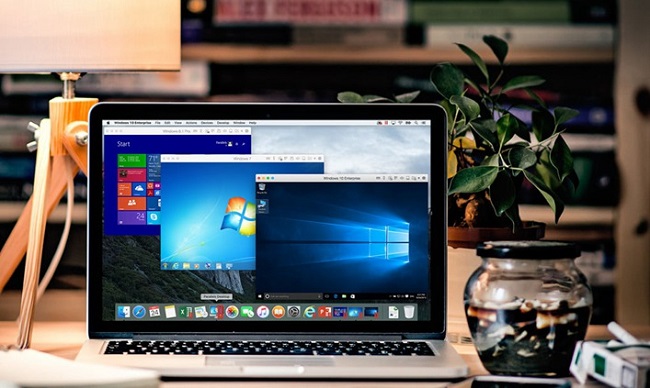A corrupted or incompletely cleaned update file is likely to cause Windows Update to fail. C:WindowsSoftwareDistributionDownload is where Windows stores its update cache. This is where Windows stores all of its update installation files.
Clear Windows Update Cache and Start Over
Three options are available to you. Depending on what you require, pick one. Follow these steps:

Method 1: Clear Windows Update Cache Using the File Manager
Let’s start by learning how to flush the Windows Update cache using the File Explorer.
- First, launch File Explorer by typing its name into the Search bar.
- Select Properties from the menu that appears when you right-click Local Disk (C).
- Third, select Disk Cleanup from the menu. Follow that by selecting Clean up system files.
- Fourth, select the boxes labelled Temporary Windows Installation files and Windows upgrade log files, and then click OK.
- To access the Run dialogue, go to Step 5 and press the Windows and R keys simultaneously. To launch Services, enter services.msc into the search bar and click the OK button.
- Select Stop from the context menu after right-clicking Windows Update in the list of programmes.
- The next step is to launch File Explorer and navigate to C: > Windows > SoftwareDistribution. Get rid of everything in that folder.
The Windows Update Cache has been successfully deleted.
Method 2: Clear Windows Update Cache Using the Command Prompt
Alternatively, you can clear Windows’ update cache using the Command Prompt. Here are the specific actions to take:
- Start by searching for “Command Prompt” using the menu bar. To launch it, simply right-click it and select “Run as administrator.”
- The second step is to open a Command Prompt window and then type net stop wuauserv before hitting the Enter key.
- Third, after typing C:, hit the Enter key. Simply entering cd %Windir%SoftwareDistribution and hitting Enter will take you to that directory. Please enter: del /f /s /q Download, then hit the Enter key.
Next, you should clear off all of Windows 10’s temporary files.
Method 3: Clear Windows Update Cache with a Script.
Windows Update Cache can also be cleared using a script. Please read the following directions carefully:
- First, launch Notepad and paste the code below into the bold text box labelled @Echo. C: @Echo On
- net stop wuauserv
- C:
- cd %Windir%\SoftwareDistribution
- Type del /f /s /q Download
- pause
- you’ll want to save the file to your desktop with the name Cleardown.cmd.
- Third, select “Run as administrator” from the context menu after right-clicking the Cleardown.cmd file.
- Fourth, the script will pause when it’s done so you may inspect the results.
Tutorial: Clearing the Windows Update Cache
The question of clearing Windows Update cache may also arise. Here’s how it’s done:
- Enter “Command Prompt” into the Search bar. To launch it, simply right-click it and select “Run as administrator.”
- Second, input each of these commands one at a time:
net stop wuauserv
net stop cryptSvc
net stop bits
net stop msiserver
- The third step is to individually execute the commands below.
ren C:\Windows\SoftwareDistribution SoftwareDistribution.old
ren C:\Windows\System32\catroot2 Catroot2.old
As a Closing Remarks
In this article, we covered the fundamentals of Clear Windows Update Cache. I’m writing this with the sincere desire that it will be of some use to you.









































